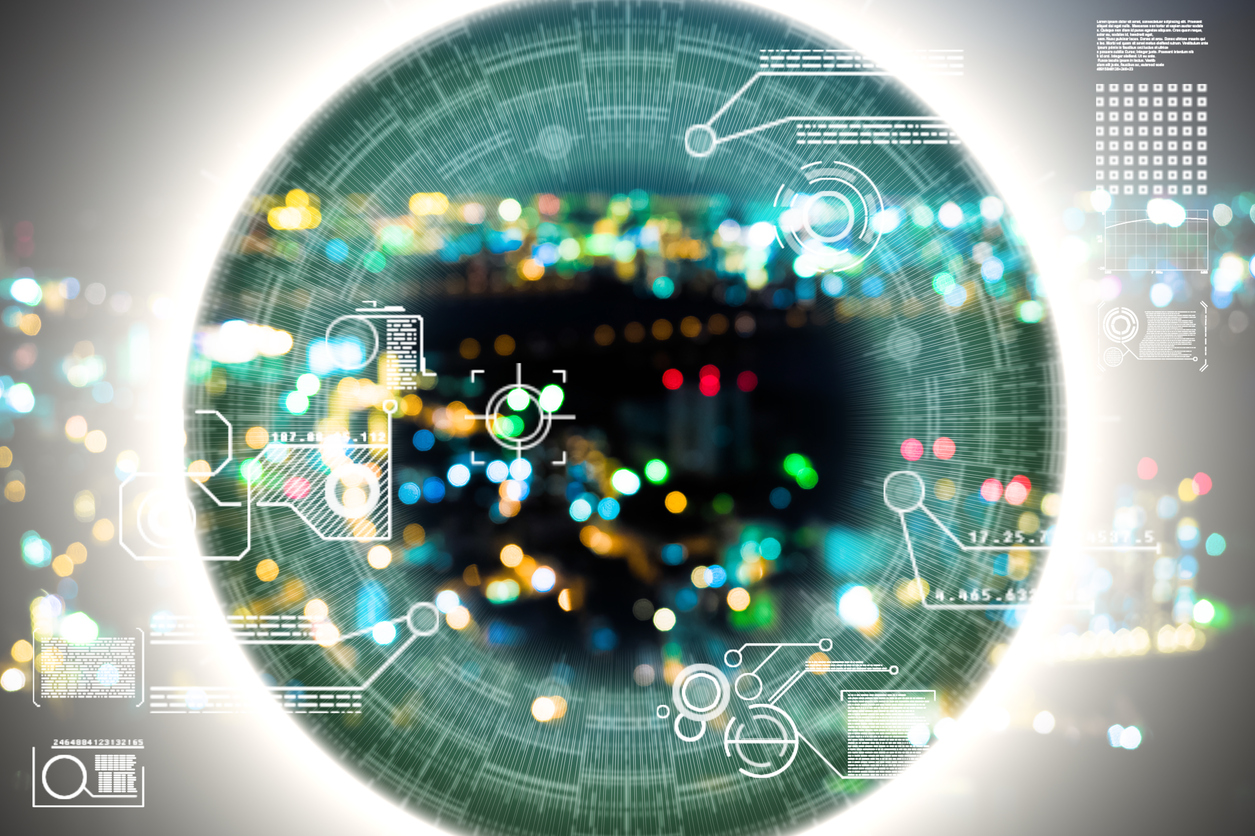Harnessing Artificial Intelligence, Machine Learning, and Predictive Modeling in Digital Marketing
Digital Marketing
Sep 13 2018
Artificial intelligence, machine learning, and predictive modeling offer a clear path for digital marketers to deliver personalized service efficiently and with ever-increasing reliability. But they’re not the same thing. Here are the differences, and how they can be used.
What Is Artificial Intelligence (AI)?
As humans, we’re able to harness our natural intelligence to make predictions based on experiences we’ve had in the past. Say, for example, you’ve allotted 15 minutes for your morning commute, but in the last week you’ve actually spent closer to 30 minutes navigating through traffic and construction. You predict that next week will be the same based on these experiences, and modify your schedule to allow for 30 minutes in the future.
Artificial intelligence allows for a computer to make these predictions without your input. Based on the dynamic traffic and construction data available to it, an AI system can estimate, often with greater accuracy than human intelligence, the amount of time your commute may take, and then rely on traditional programming to prompt you to leave sooner for work.
How AI Is Used in Digital Marketing
AI takes a data-driven approach to digital marketing by analyzing customer patterns, profiles, and purchasing decisions to deliver personalized content that is relevant to your customer and results in conversions. Product suggestions and pricing can be based on data pulled from any of these dynamic sources for a complete customer-driven experience.
What Is Machine Learning?
Machine learning is a subset of AI that allows machines to learn and improve from experience without being programmed to do so. Returning to our commuting example, if our AI system predicted you’d need 30 minutes for your commute but your trip actually took 35, the machine could automatically change its estimate for the following day based on this new experience.
How Machine Learning Is Used in Digital Marketing
Facial recognition, natural language processing, and chatbots are three major areas where machine learning has created a marketing stronghold. Machine learning is also used to manage user-generated content (to flag or rank posts), to rank search engine results to determine which appear on the first page, and to determine which marketing activities have the highest return on investment.
It’s also important to note that machine learning is responsible for filtering certain types of marketing emails to the spam folder, so it’s even more important to send relevant emails that your customers want to read.
What Is Predictive Modeling?
Predictive modeling is used as a practical application of machine learning. It’s a general practice that relies on using identified patterns to make informed decisions about future events. Predictive modeling existed before AI, but now can be used in tandem with these very large digital marketing data sets.
How Predictive Modeling Is Used in Digital Marketing
Predictive modeling allows a digital marketer to chart a marketing campaign’s performance in real time, assign priority to sales leads, or rank product search results for relevance in real time.
With the vast amount of data now available to digital marketers, AI, machine learning, and predictive analysis offer ways to work smarter, not harder. A digital marketing strategy focused on improving the quality of customer data can result in actionable insights with ever-increasing reliability.






